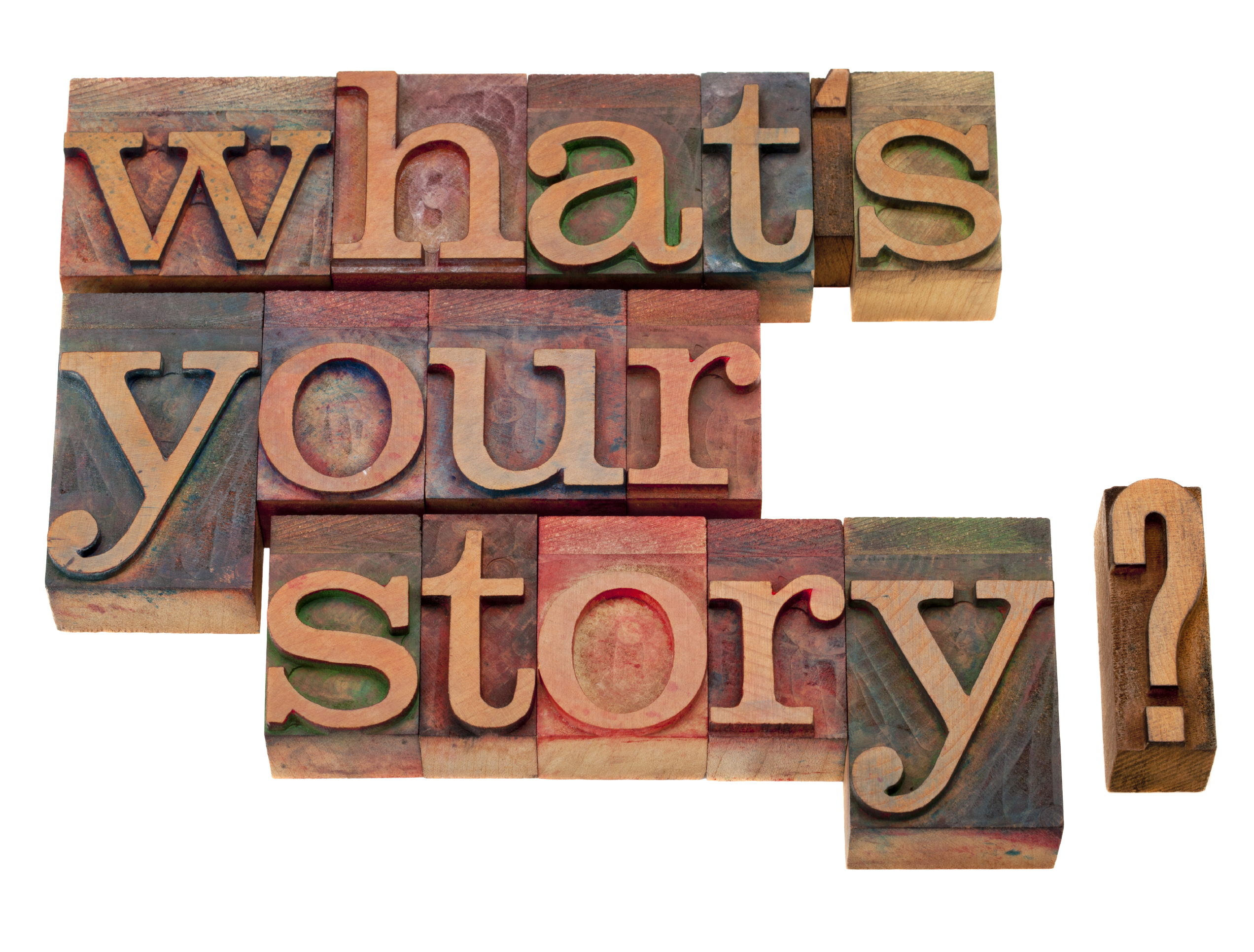
by admin | Apr 17, 2014 | Brand strategy
In today’s busy media landscape, fragmentation has made it harder to get the word out about your brand. The digital age is an age of community, which means that marketing your brand is no longer about the persuasion to buy, but the persuasion to join. In short, brand storytelling in the digital age means looking at your content from a big-picture perspective and making your content stand out from the crowd to get you noticed. Find out more about why brand storytelling is important...

by admin | Apr 16, 2014 | Brand identity
If anyone was looking for a test of General Motors’s (NYSE:GM) CEO Mary Barra’s mettle, the growing recall scandal surrounding the ignition switch defect should prove more than sufficient. Just two weeks after her inauguration, the company let loose with what would become one of the largest recall efforts in history — an effort exacerbated by the lengthy ten-plus year delay between the identity of the problem and the effort made to do something about it. However, now that GM has committed to making things right, many are wondering what impact such a monumental effort will have on the brand, which was already struggling to revive its image after emerging from a hotly contested federal bailout. Read more about how this big recall will affect GM’s brand image...

by admin | Apr 16, 2014 | Brand identity
Ikea’s traditional blue and yellow logo was designed as a nod to the company’s Swedish heritage. It’s easy to recognize and can be seen from a distance, as you drive up to the warehouse-sized store. Other than that, the logo is pretty bland. Ikea’s merchandise, however, has many characteristics: It’s minimalist, affordable, space-friendly, and has tongue-twisting Swedish product names. Its graphic identity just doesn’t really speak to any of them. “It’s instantly recognizable as being a Swedish institution, but does it suit Ikea as a company in 2014?” asks student designer Joe Ling. “I don’t think so.” Find out more about brand identity ideas for Ikea...

by admin | Apr 15, 2014 | Innovation
Windows that prevent bird collisions by mimicking the UV-reflective qualities of spider webs; a train that travels faster, uses less energy and makes less noise after it was redesigned to resemble a bird’s beak; highly efficient wind turbine blades that mimic the bumpy edges of a whale’s flippers. These are just three of countless examples of biomimicry – technologies inspired by forms, processes and systems found in nature. The discipline is no longer just an academic exercise. It has become an innovation tool that allows companies to develop a new class of products and services. As I pointed out in my previous column, biomimicry is transforming the ways we design, produce, transport and distribute goods and services; and more and more companies are approaching Mother Nature for innovative ideas to help solve complex human problems. Read more about biomimicry and how it can streamline your business for innovation...

by admin | Apr 15, 2014 | Innovation
Regulation is getting really complicated. Don’t expect it to get easier any time soon. Countless articles have been written lately about the very real business challenges created by the onslaught of new regulation in everything from finance to technology to healthcare. The gripes are justified. Ten years ago there were 2 or 3 major regulators that most big companies had to deal with; now there are hundreds, creating a global patchwork of complex, often contradictory corporate compliance hurdles for multinational companies. Why is this happening? One easy answer is that too-big-to-fail has led to a regulatory free-for-all that’s too-complex-to-manage. Sure, cash-strapped governments around the world see some new regulations as an opportunity to generate revenues and others as good sense guidelines to reduce the risk of another credit crunch. But there’s more to it than that. When you look closely at this golden age of regulatory scrupulosity, the real driver is innovation. Find out more about how innovation needs to face the music when it comes to regulation...






